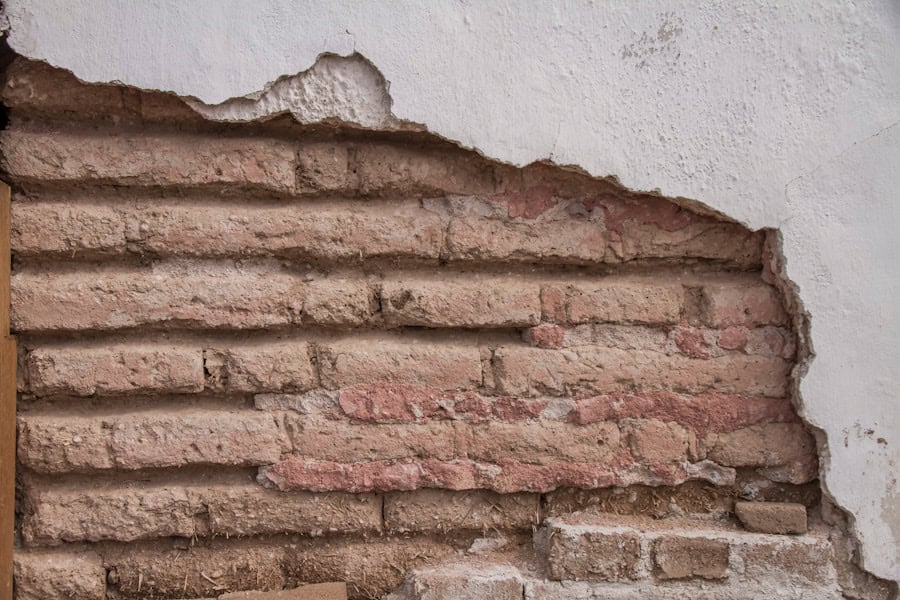Natural building materials have been used for centuries to construct homes, buildings, and structures of all kinds. These materials are derived from the earth and are minimally processed, making them a sustainable and environmentally friendly choice for construction. From clay and straw to wood and stone, natural building materials offer a unique aesthetic and a connection to the natural world that is often lacking in modern construction. In recent years, there has been a resurgence of interest in natural building materials as people seek to create more sustainable and eco-friendly living spaces. This article will explore the benefits of using natural building materials, the different types available, how to incorporate them into home design, sustainable practices for using them, and their maintenance and longevity.
The Benefits of Using Natural Building Materials
There are numerous benefits to using natural building materials in construction. One of the most significant advantages is their sustainability. Unlike many modern building materials, natural materials are renewable and have minimal impact on the environment. They also tend to have a lower carbon footprint than their synthetic counterparts, making them an excellent choice for eco-conscious builders. Additionally, natural building materials often have superior thermal properties, providing better insulation and energy efficiency in homes and buildings. They also tend to be more breathable, creating healthier indoor air quality. From an aesthetic standpoint, natural building materials offer a unique and timeless beauty that cannot be replicated by synthetic materials. Whether it’s the warmth of wood, the earthy tones of clay, or the rugged elegance of stone, natural materials add character and charm to any space.
Types of Natural Building Materials
There is a wide variety of natural building materials available, each with its own unique properties and uses. One of the most common natural building materials is wood, which can be used for framing, flooring, siding, and more. Wood is a renewable resource that is both durable and versatile, making it a popular choice for builders. Another popular natural building material is clay, which can be used to make adobe bricks, cob walls, and earthen plasters. Clay is abundant in many regions and has excellent thermal mass properties, making it an ideal material for regulating indoor temperatures. Straw bales are another natural building material that has gained popularity in recent years due to their excellent insulation properties. When properly sealed and finished, straw bale walls can provide superior energy efficiency and a unique aesthetic. Other natural building materials include stone, bamboo, hempcrete, and rammed earth, each with its own set of benefits and applications.
Incorporating Natural Building Materials into Your Home Design
Incorporating natural building materials into home design can be a rewarding and fulfilling process. From the initial planning stages to the finishing touches, there are countless opportunities to integrate natural materials into your home. When designing a home with natural materials, it’s essential to consider the local climate, available resources, and the desired aesthetic. For example, in colder climates, incorporating thermal mass materials like adobe or stone can help regulate indoor temperatures and reduce heating costs. In warmer climates, lightweight materials like bamboo or straw bales can provide excellent insulation without adding unnecessary bulk. It’s also important to consider the structural requirements of the home and ensure that the chosen natural materials meet building codes and safety standards. From the foundation to the roof, there are opportunities to use natural materials in every aspect of home construction.
Sustainable Practices in Using Natural Building Materials
Using natural building materials in a sustainable manner involves careful consideration of the environmental impact at every stage of the construction process. This includes responsibly sourcing materials from renewable or reclaimed sources, minimizing waste during construction, and choosing materials with low embodied energy. It’s also important to consider the long-term impact of the materials used and their ability to be recycled or repurposed at the end of their lifespan. Additionally, sustainable practices involve using non-toxic finishes and sealants that are safe for both the environment and occupants of the home. By prioritizing sustainability throughout the construction process, builders can create homes that are not only beautiful but also environmentally responsible.
Maintenance and Longevity of Natural Building Materials
One of the key advantages of natural building materials is their longevity and durability when properly maintained. Wood, for example, can last for decades with regular maintenance such as sealing and refinishing. Stone and clay are also incredibly durable and require minimal upkeep over time. When using natural building materials, it’s essential to follow best practices for maintenance to ensure their longevity. This may include regular inspections for signs of wear or damage, proper sealing and waterproofing, and addressing any issues promptly to prevent further damage. By investing in the maintenance of natural building materials, homeowners can enjoy their beauty and functionality for many years to come.
Embracing the Beauty and Sustainability of Natural Building Materials
In conclusion, natural building materials offer a wide range of benefits that make them an attractive choice for eco-conscious builders and homeowners. From their sustainability and energy efficiency to their unique aesthetic and durability, natural materials have much to offer in the construction industry. By incorporating natural building materials into home design and embracing sustainable practices throughout the construction process, builders can create homes that are not only beautiful but also environmentally responsible. As we continue to seek more sustainable ways of living, natural building materials will undoubtedly play a crucial role in shaping the future of construction and architecture. Embracing the beauty and sustainability of natural building materials is not only a step towards a more eco-friendly future but also a celebration of our connection to the natural world.




